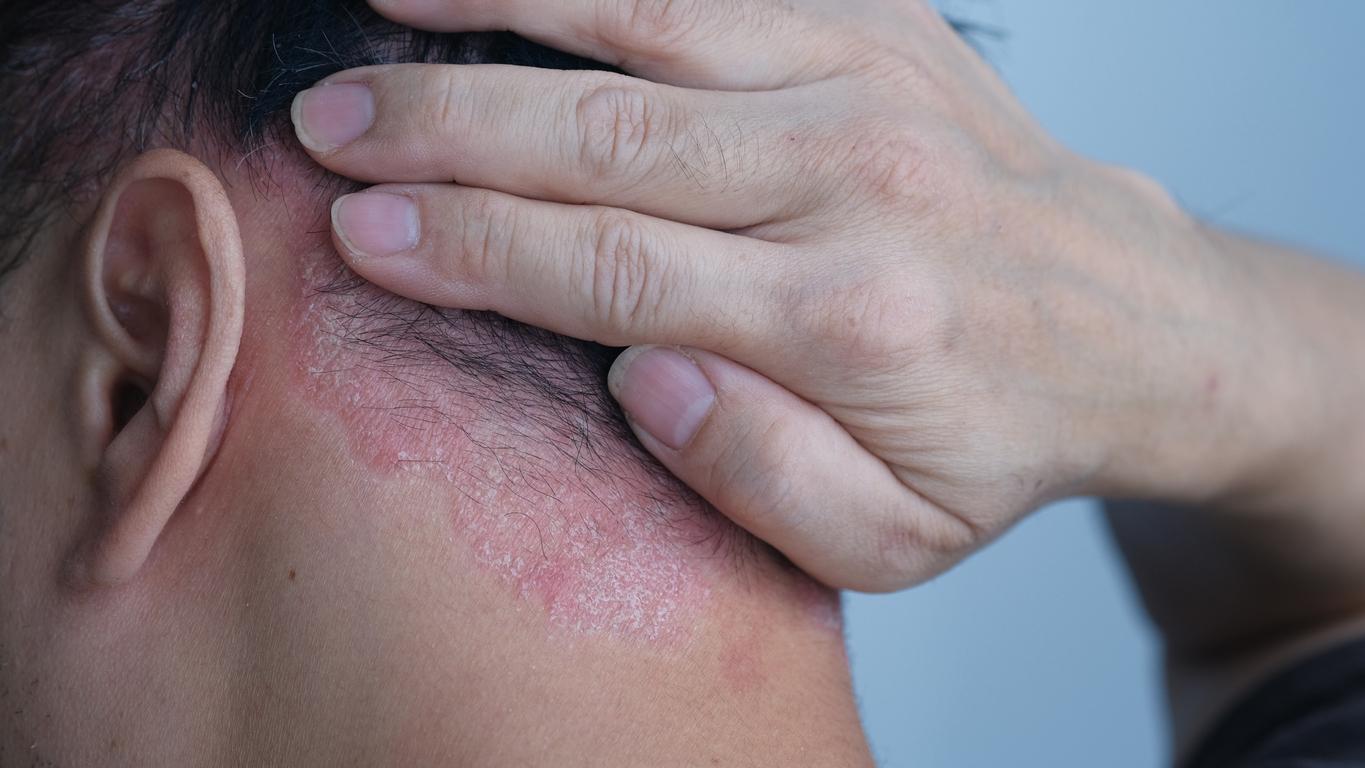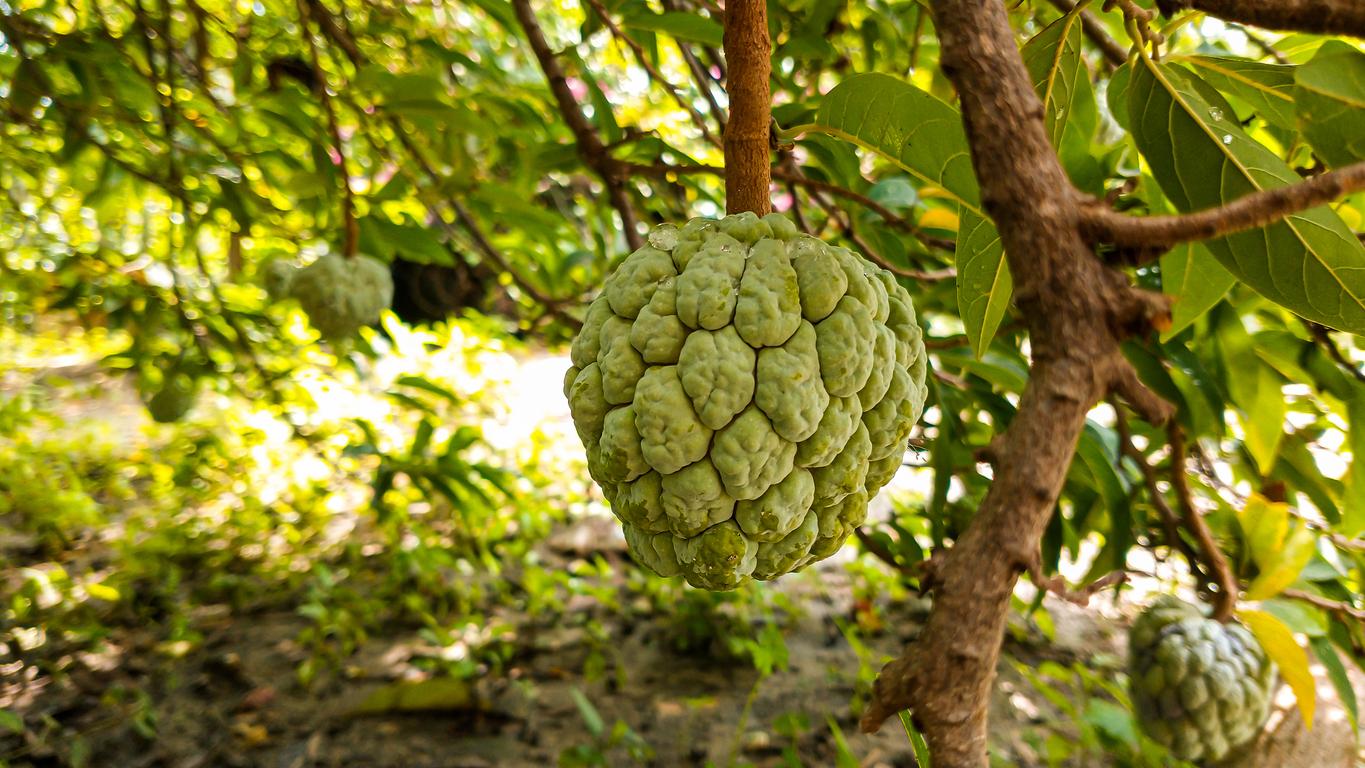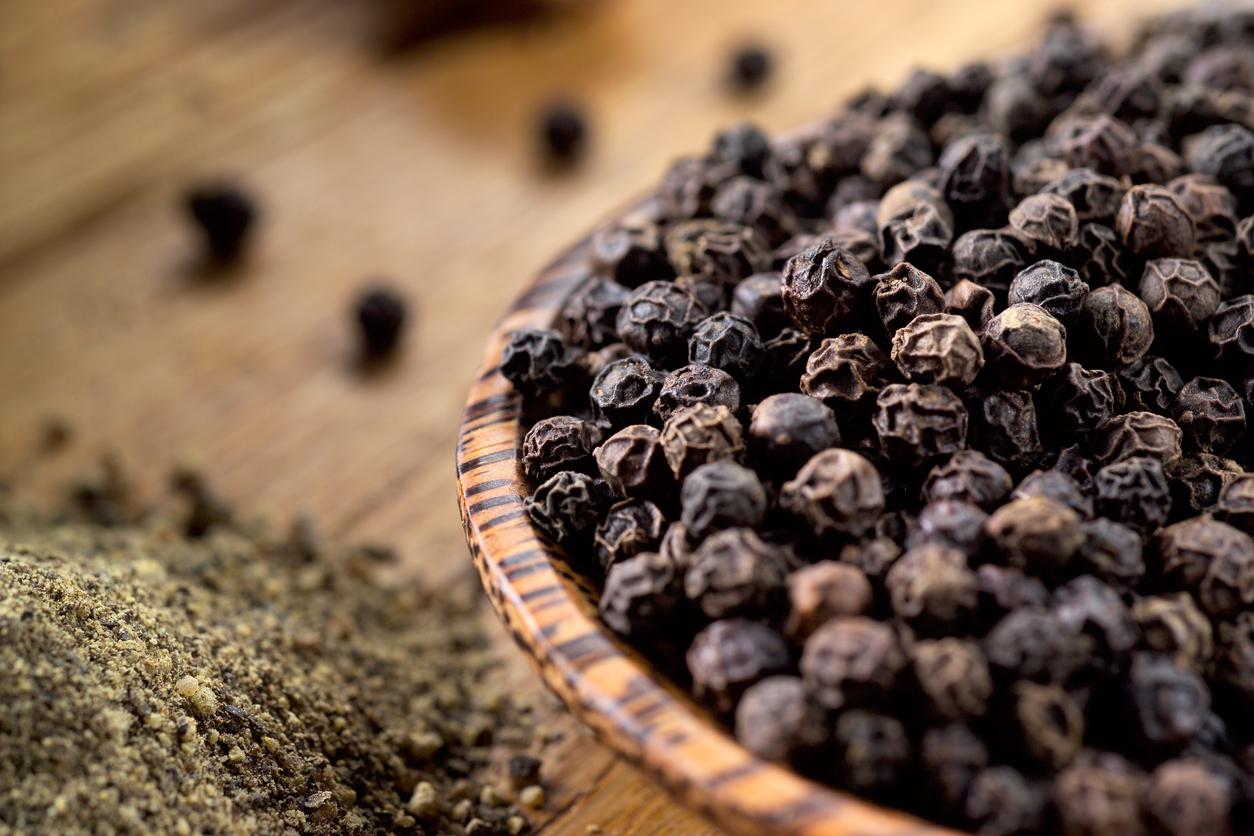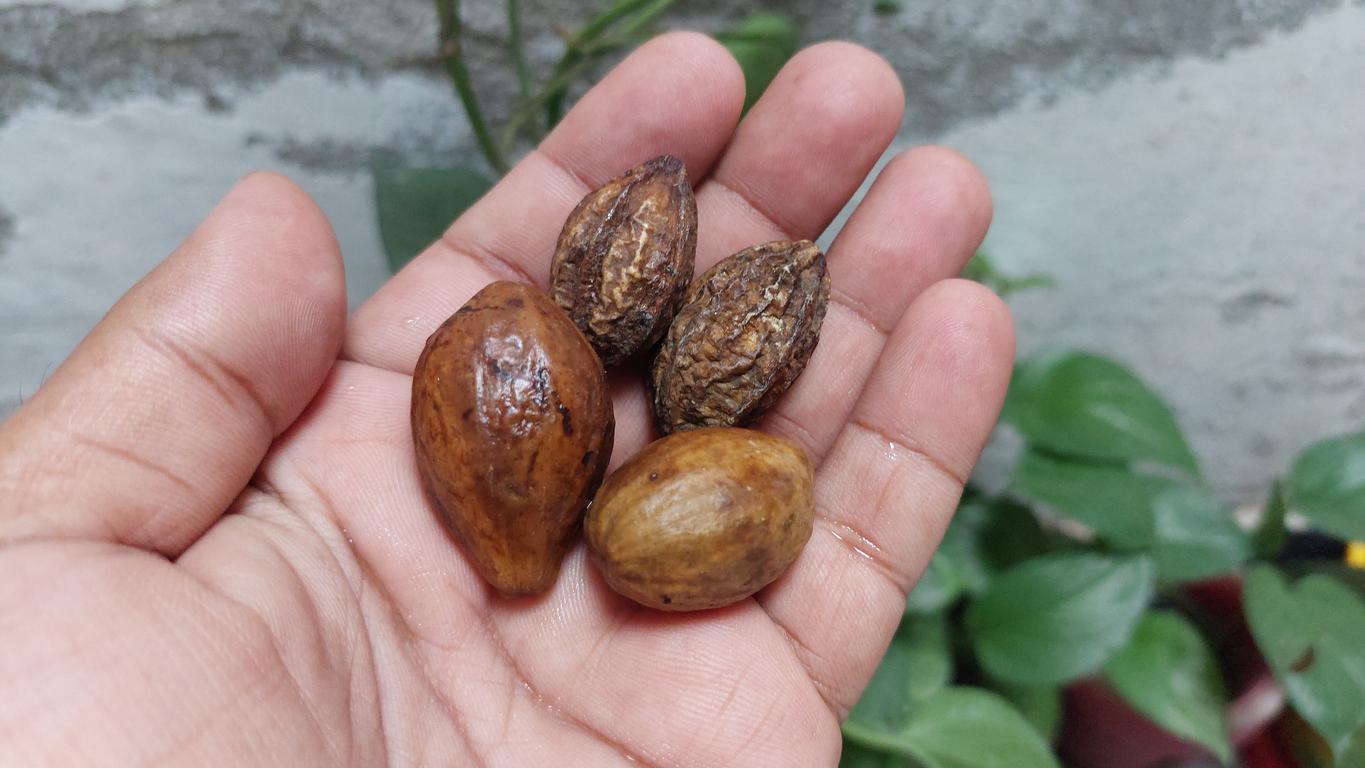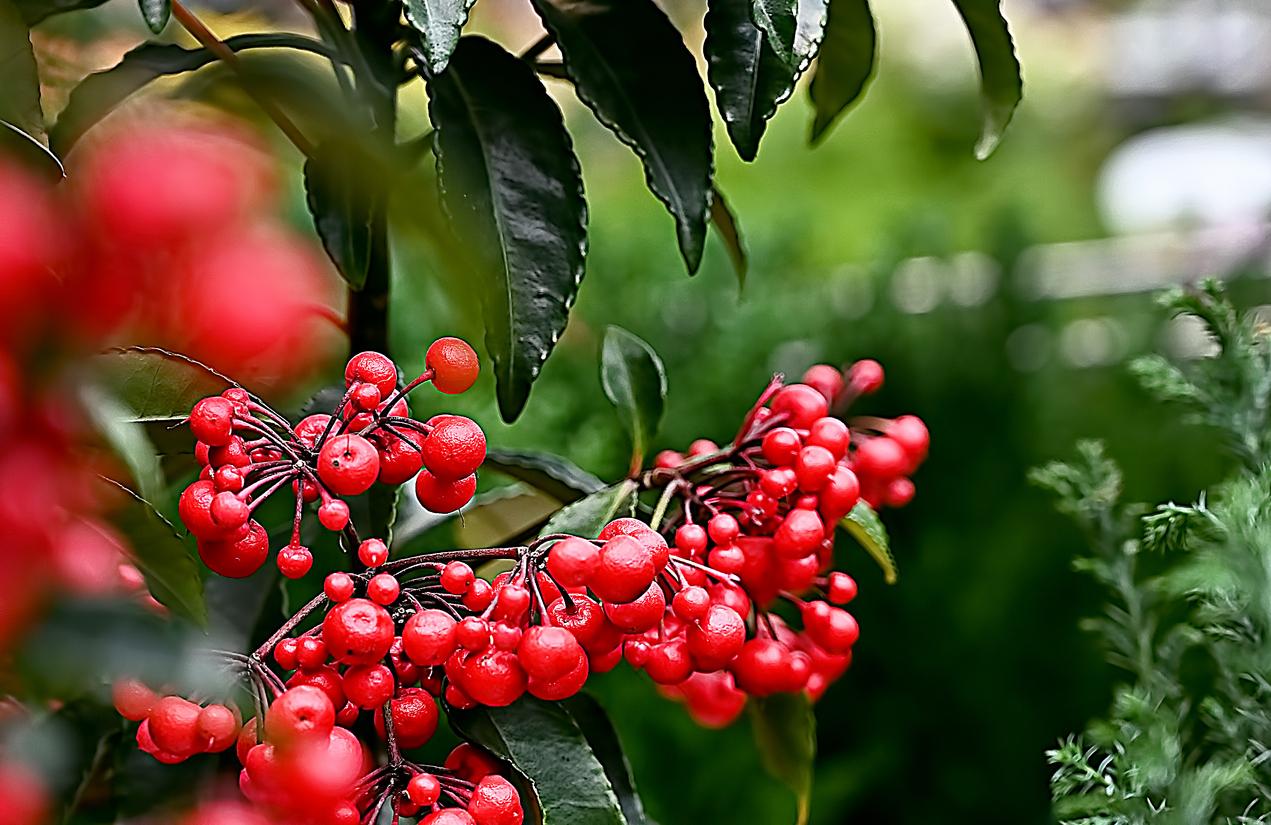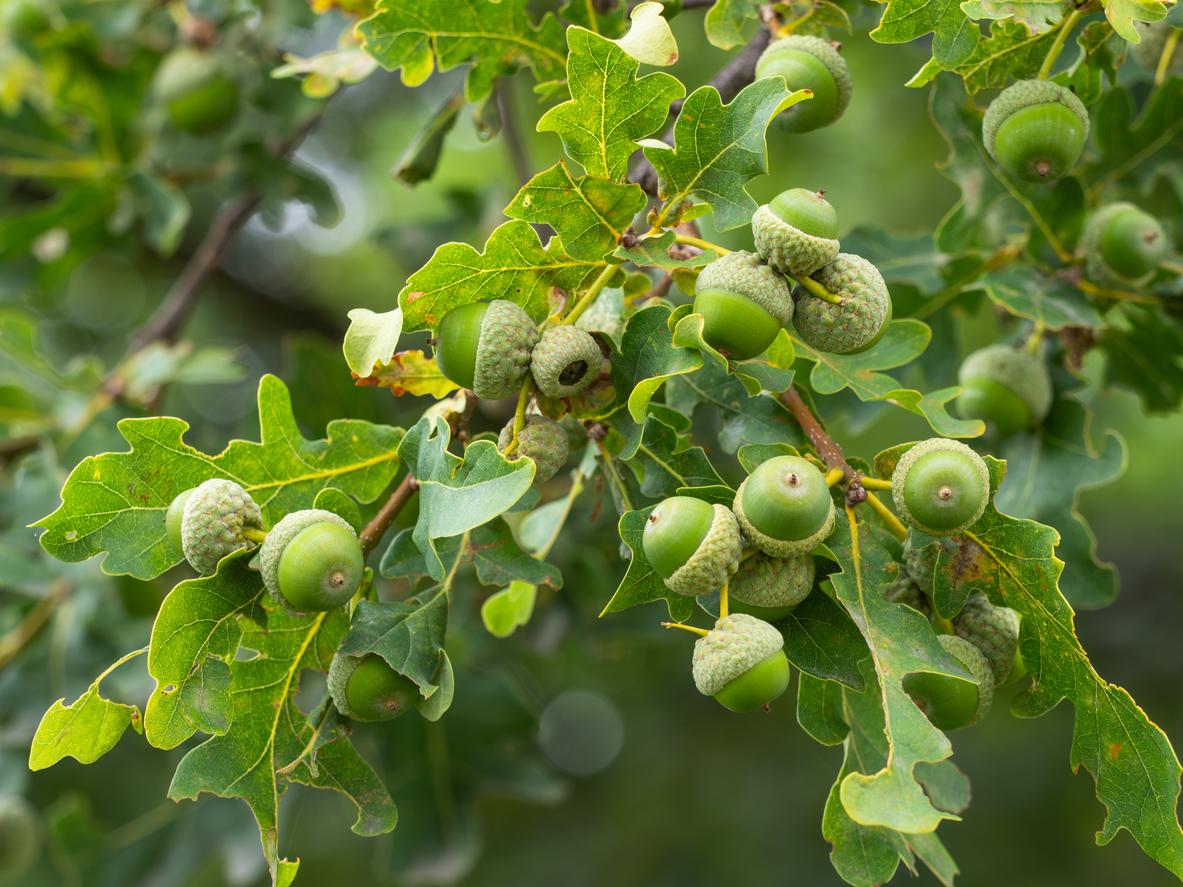
Aylmer (PasseportSanté.net) February 16, 2005 – A single plant has several names: its common and botanical names, not to mention those from the local tradition of each country. This is not anecdotal: the collection of data on the adverse effects and interactions of natural health products is compromised.
The World Health Organization (WHO) has decided to clean up this mess. An expert from this organization, Dr Mohamed H. Farah, came to talk about the tools developed in this direction during an international symposium organized by Health Canada1.
“Internationally, we absolutely have to speak the same language,” D insisted.r Farah, Senior Traditional Medicine Specialist at Uppsala Monitoring Center (UMC), the WHO Medicines Monitoring Center1.2.
Indeed, unlike drugs, plant identification can be problematic. Not only can the same plant have multiple common names, there are sometimes variations in its scientific name, i.e. its botanical name. As an example, the botanical name of senna (Cassia senna L) has five synonyms. In the case of St. John’s Wort, the Latin name is Hypericum perforatum L, but there are dozens of other plants of the genus Hypericum which are called St. John’s Wort in common parlance.
A book written by Dr Farah has established a standardized list of herbal names, which should solve much of this problem. This work, which will be published shortly by the WHO, is entitled Accepted scientific names of therapeutic plants and their synonyms. It should facilitate international pharmacovigilance in natural health products.
Details please!
In addition, when a report of an adverse reaction or interaction is made, it should be specified in what form the plant was consumed: was it the root, leaves, flowers, seeds? Was it a decoction, a tincture, a powder capsule, an extract? What was the concentration? Without this basic information, it is impossible to come to a reliable conclusion.
This is why Dr Farah also helped to develop a system of classification of medicinal plants similar to a barcode: a series of numbers codifies the name of the plant, the part used, its form, the chemical process of extraction (water or alcohol, for example) and its therapeutic use3.
|
For more news on the International Symposium on Drug, Food and Natural Health Product Interactions, see our Dossier index. |
Françoise Ruby – PasseportSanté.net
1. This event, entitled Health Canada International Symposium on Drug, Food and Natural Health Product Interactions, was held February 9-10, 2006 in Aylmer. It brought together more than 250 people from the health field, the medicinal plants industry, as well as researchers, representatives from various branches of Health Canada and some consumer groups.
2. For more information on the activities of the WHO Global Uppsala Monitoring Center (UMC): www.who-umc.org [consulté le 16 février 2006]
3.Helena Fucik, Anders Backlund, Mohamed Farah. Building a computerized herbal substance register for implementation and use in the World Health Organization international drug monitoring program. Drug Information Journal, Vol. 36, pp. 839–854, 2002. (pdf document) www.diahome.org [consulté le 16 février 2006]







